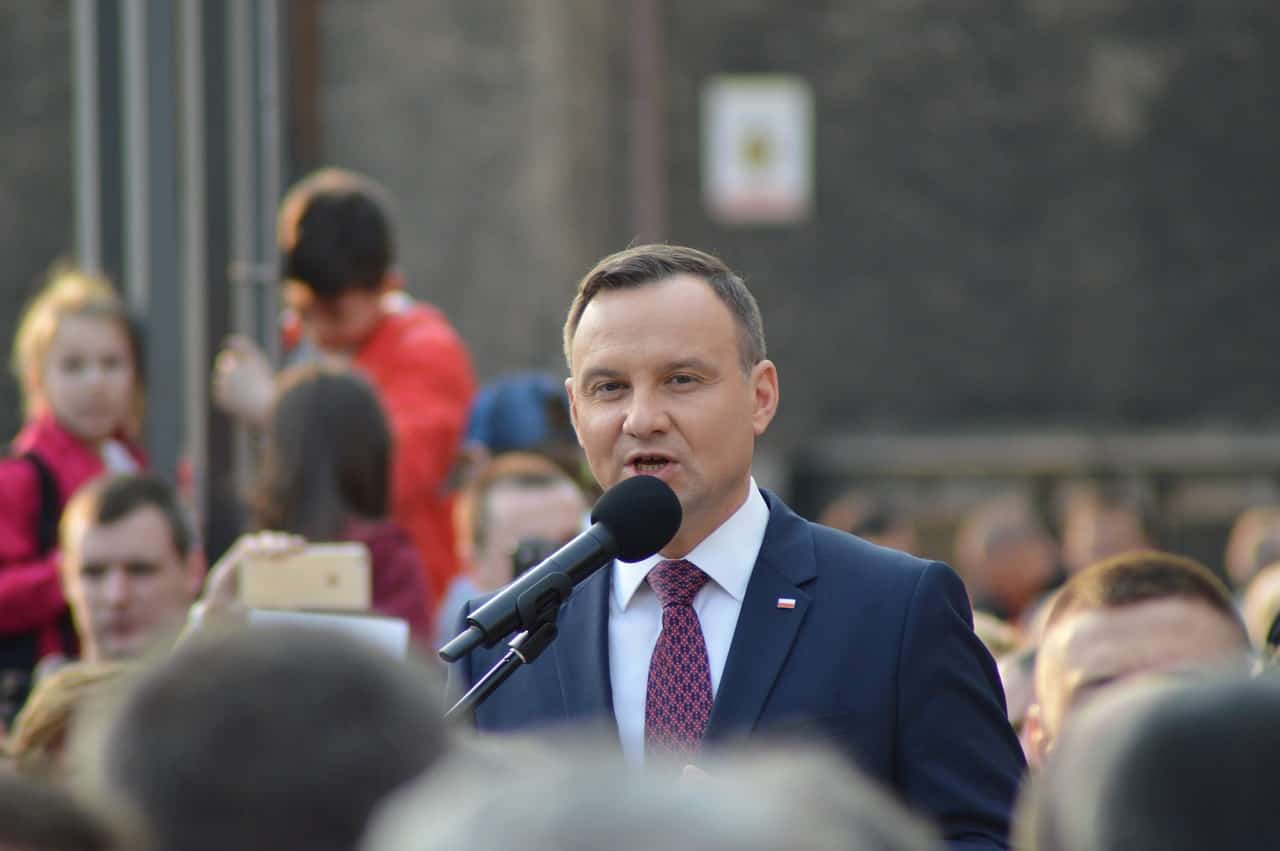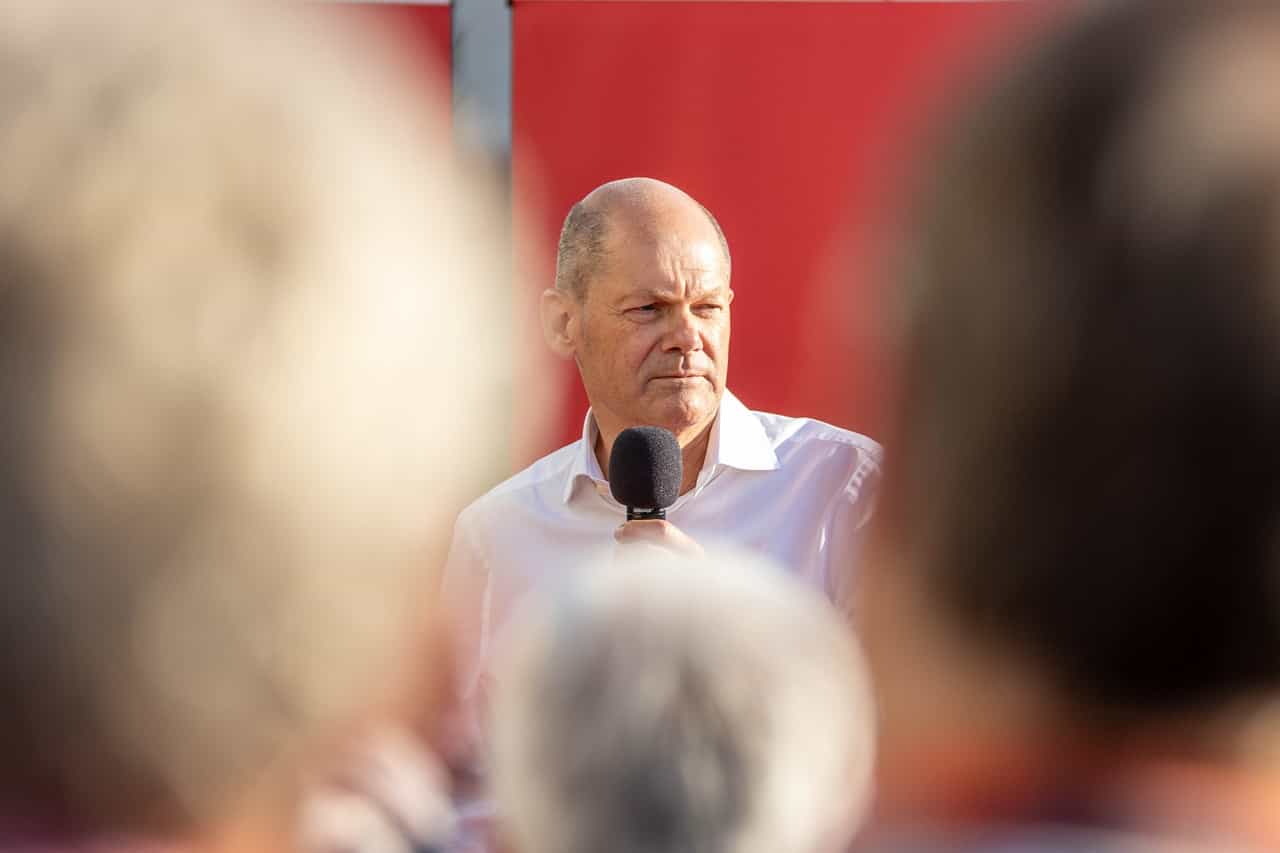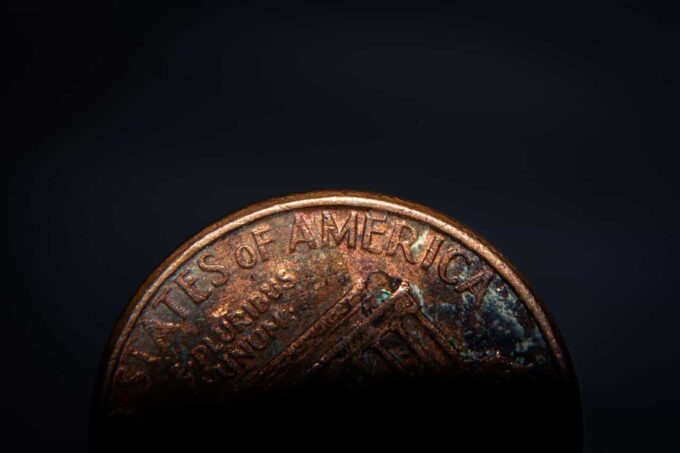What’s made Amazon shoppers fall in love with Tozos? Superior audio quality, of course, courtesy of 6-millimeter speaker drivers that produce powerful, crystal-clear sound. Trust us, these earbuds sound way better than the past.
Most premium wireless earbuds are not waterproof, and that can be a bummer if you’re into sweaty workouts or spend hours at the pool. But these are — so feel free to get wet! Not that you’re planning to dunk them, but these buds can be submerged in up to 3 feet of water and are safe for showering too. That’s not the case with Samsung Galaxy Buds or AirPods (while the Pros are water-resistant, that’s not the same as waterproof).
Many of life’s failures are people who did not realize how close they were to success when they gave up.
Thomas A. Edison
Looking for more great Amazon tech deals?
There’s a reason we highlight that these have more than 182,000 five-star reviews. That’s a lot of satisfied shoppers.
Pros of our product
“These headphones are literally fantastic,” shared a satisfied shopper. “I am a professional musician, and these have an incredibly clear sound quality and really high-end parts. The connection is fast and easy, it charges while in the case, which is a great feature … Really high-end headphones for an amazingly good price.”

- Yard in need of some heavy-duty pruning? This small but mighty chain saw is powerful enough to take down tree branches, yet weighs under 2.5 pounds.
- This baby will sear proteins and veggies like a champ, but its smoke-control system means you won’t be breathing in soot while you cook. In addition to a grill plate, it comes with a flat-top griddle (smash burgers, anyone?) and you’ll be able to fit up to six steaks at a time on its roomy cooking surface.
- Let’s avoid a tiki torch incident this summer, yeah? These will illuminate your yard, patio or pool area with a warm glow that’ll also allow guests to see which flavor of seltzer they’re grabbing from the cooler.
Sed feugiat posuere semper Cras vitae mi erat, posuere mollis arcu. Pellentesque iaculis gravida nulla ac hendrerit. Vestibulum faucibus neque at lacus tristique eu ultrices ipsum mollis. Phasellus venenatis, lacus in malesuada pellentesque, nisl ipsum faucibus velit, et eleifend velit nulla a mi. Praesent pharetra semper purus, a vehicula massa interdum in. Nulla a magna at diam consequat semper eu vitae elit. In hac habitasse platea dictumst.
Amazon deals: Tried-and-tested products
Aside from eating ice cream, there’s no better way to spend a warm day than by letting a refreshing breeze sway you from side to side while lounging in a hammock. This one — which has tens of thousands of fans — is lightweight and portable, and conveniently folds down into a little pouch for easy carrying. It comes with straps and carabiners, making setup a cinch, and it’s sturdy enough to support up to 400 pounds. Don’t forget to apply Yahoo’s exclusive code 10WOOSUMMER at checkout to snag this low price.
Treat your tush to the oh-so-refreshing spray of this popular bidet, which allows you to adjust the water pressure to your liking. Not only does it feel nicer than using scratchy toilet paper, it’ll also cut down on your TP spending (plus, it’s more sanitary than wiping). Everything you need for easy installation is included.



















Leave a comment